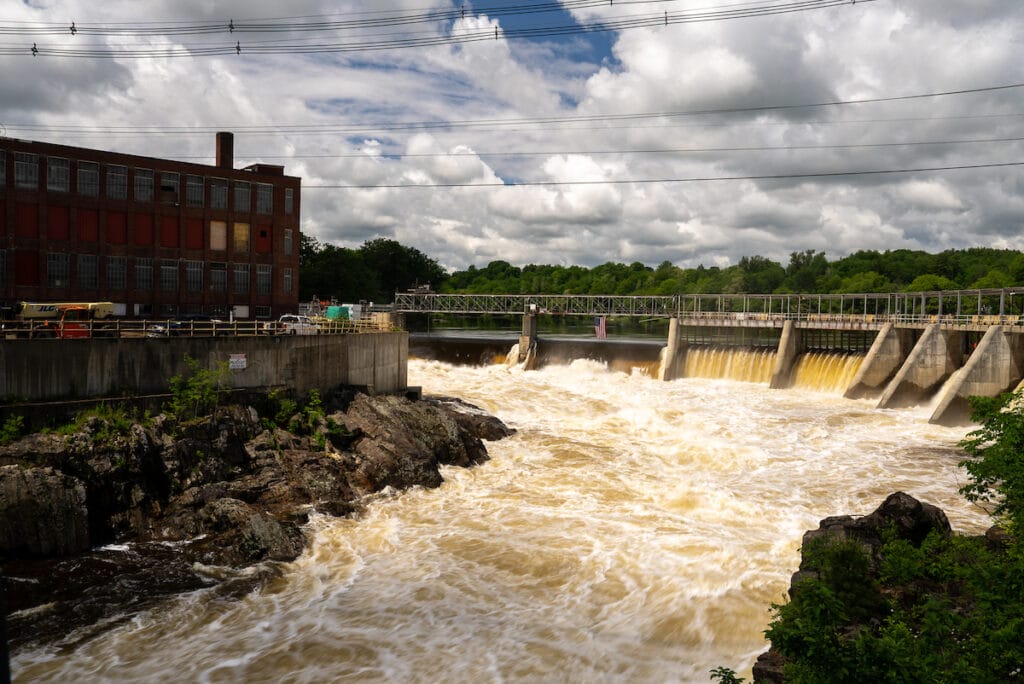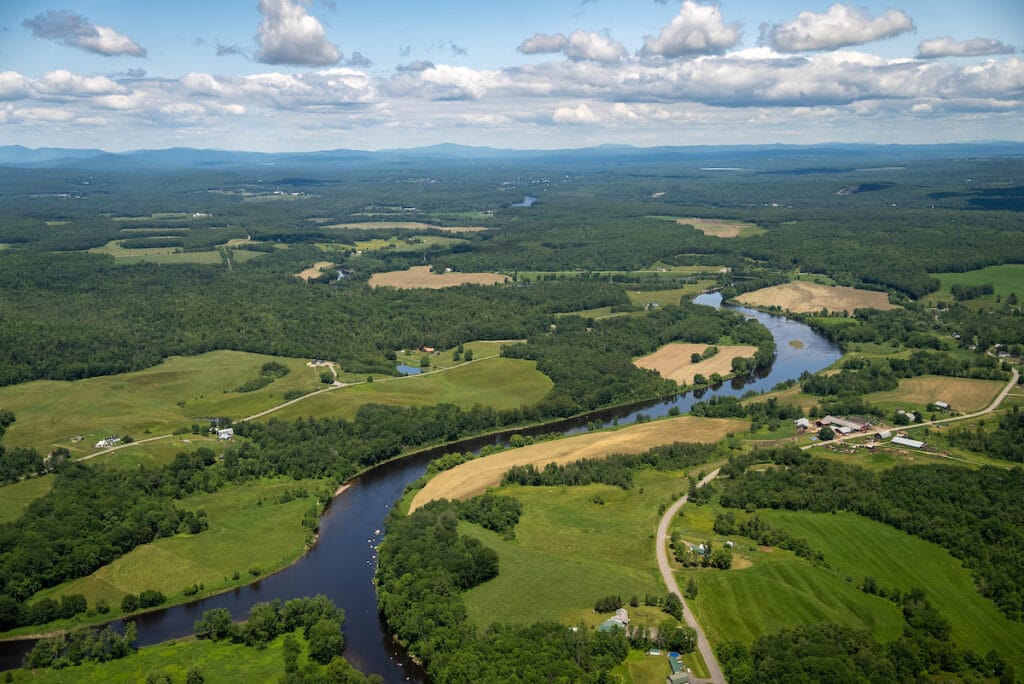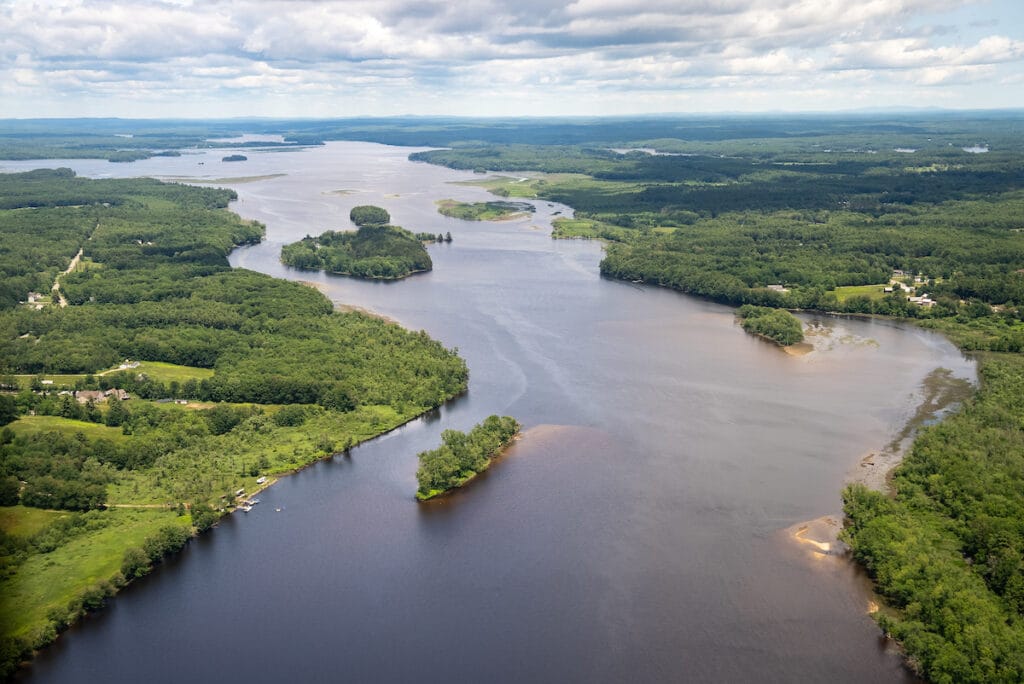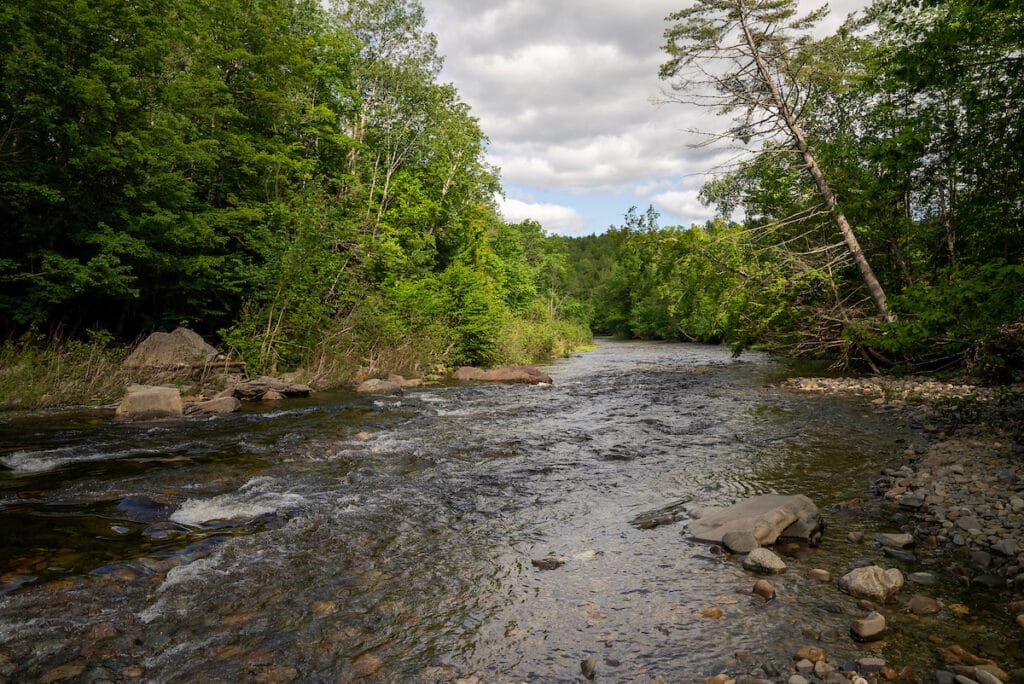A U.S. circuit court of appeals recently quashed energy conglomerate Brookfield Renewable’s bid to overturn the state of Maine’s denial of a water quality permit for the Shawmut dam on the Kennebec River.

Kirt Mayland is an attorney who specializes in water and hydroelectric issues. We recently caught up with Mayland, who assists Trout Unlimited’s Kennebec-related advocacy efforts, to get some details about what this means and how the decision could impact ongoing relicensing proceedings for Shawmut Dam.

TU: What is this water quality permit, and why does Brookfield need it for the operation of Shawmut Dam?
Mayland: A water quality permit ensures that any federally permitted activities, like those occurring at Shawmut, meet the receiving river’s water quality standards. The Federal Energy Regulatory Commission (FERC) cannot issue a new hydroelectric license without one. The U.S. Supreme Court confirmed the need for water quality certificates for hydroelectric licenses in a famous 2006 Maine case.

TU: The state of Maine originally denied the permit application in 2022. What was the reasoning behind that denial and what options did Brookfield have to address that decision?
Mayland: The state of Maine denied the application as it felt it was filed prematurely, before critical information from NOAA (in particular, the biological opinion, which analyzed the likely effects of the proposed work at the dams on salmon and their habitat) and U.S. Fish & Wildlife Service (USFWS) (the environmental impact statement EIS) were finalized to use in its decision. Brookfield also altered its application with additional information at the last minute, something the U.S. circuit court of appeals pointed to in its decision supporting the state of Maine’s rejection.
TU: Shawmut Dam is currently undergoing a licensing renewal process through FERC and three other Kennebec dams are up for license amendments. How is this state action on the water quality permit connected to the federal process?
Mayland: The Clean Water Act requires that any federally permitted activities resulting in a discharge of pollutants into a river like the Kennebec first obtain a water quality certificate. In most cases, the issuance of a water quality certificate, mandated by federal law (the Clean Water Act), is delegated by the EPA to the states, in this case Maine.

TU: FERC recently held public meetings and accepted public comments on a draft (EIS) on the Kennebec dams licensing process. A final EIS could come as soon as this fall. If this water quality permit remains unapproved, what does that do to the license renewal and amendment process and what are Brookfield’s next options?
Mayland: Right now, FERC is reconciling the different comments it received from Maine, USFWS and NOAA as part of the EIS hearing and comment process. That could take some time. Brookfield will most likely wait for the final EIS, then re-file its application for a state water quality certificate. In the meantime, it can continue operating status quo on a year-to-year interim license. To some extent long delays like this help the applicant as it can simply continue operating under the terms of its old license until the various federal and state permitting issues are settled.
TU: What does the decision mean for the prospects of salmon recovery on the Kennebec?

Mayland: It means that Maine will have the opportunity to assess the impacts and ensure that the river’s water quality standards are met. This includes the river’s designated uses, such as fisheries protection. The Maine Department of Environmental Protection will have an important job to do when the new permit application is submitted.



